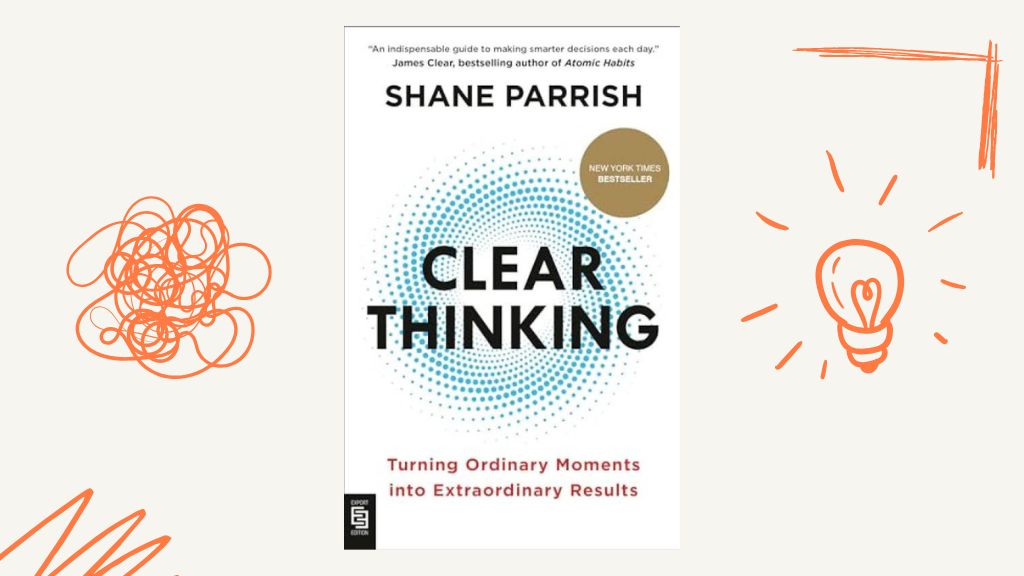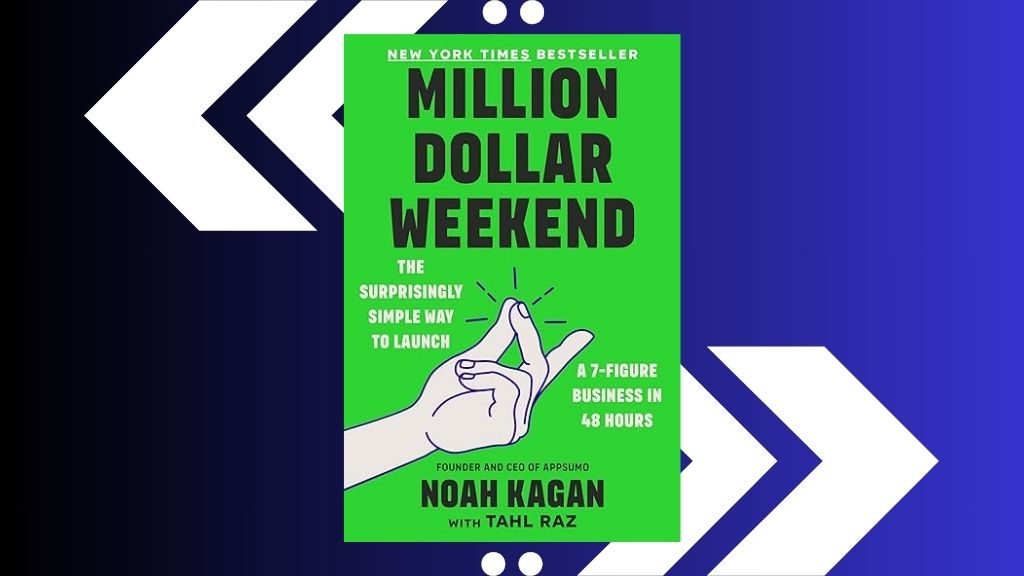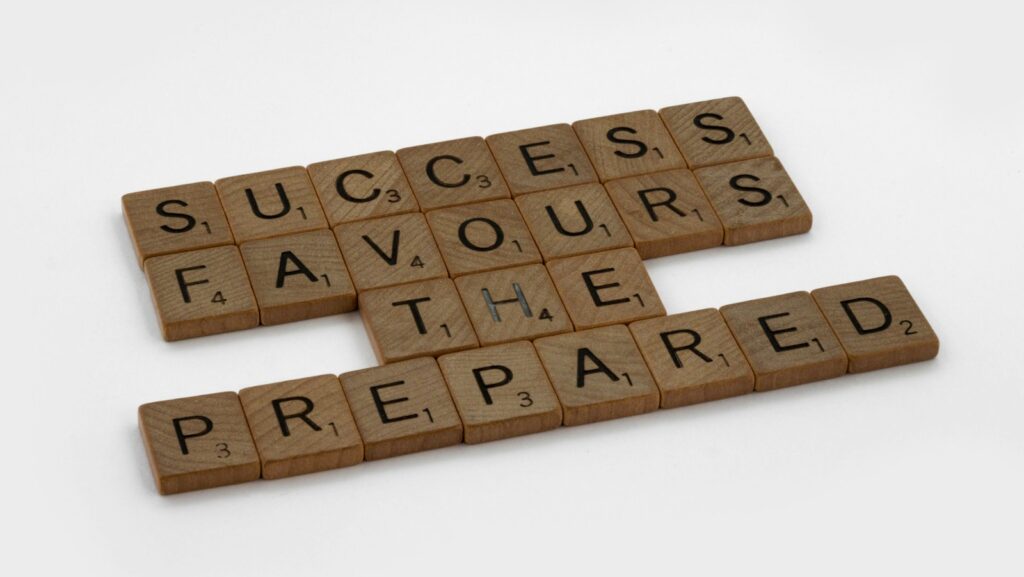Trying The DOSE Effect
Did you ever suspect your happiness might hinge on brain chemicals with names straight out of a sci-fi script? After my third coffee-fueled last Friday, I stumbled across TJ Power’s The DOSE Effect. I figured, why not put this much-hyped method to the test for a week—and maybe even rescue my sluggish motivation along the way. Let’s see what happens when everyday routines meet a neuroscientist’s manual for happiness.
Hacking Happiness: A Crash Course in Brain Chemistry
If you’ve ever wondered why some days you feel on top of the world and other days you can barely get out of bed, you’re not alone. The DOSE Effect by TJ Power breaks down the science behind these ups and downs, making complex neuroscience feel surprisingly doable. The secret? It’s all about your brain chemicals: Dopamine, Oxytocin, Serotonin, and Endorphins—the “DOSE” that shapes your motivation, mood, connections, and stress levels.
The DOSE Overview: Your Brain’s Happiness Toolkit
- Dopamine: The drive behind your motivation and focus. It’s what gets you out of bed, chasing goals, and ticking off to-dos.
- Oxytocin: The “connection” chemical. It deepens your bonds with others, making you feel safe, loved, and part of something bigger.
- Serotonin: The mood stabilizer. It keeps your energy up and your outlook positive, helping you feel calm and confident.
- Endorphins: The stress-busters. They help you manage pain, find relief after a tough day, and even experience that post-exercise “high.”
According to The DOSE Effect, these four chemicals are the foundation of your mental health. When they’re balanced, you feel happier, more connected, and better able to handle life’s curveballs. When they’re out of sync, stress, low mood, and burnout creep in—something that’s all too common in our fast-paced, always-online world.
Why DOSE Matters for Modern Life
Modern life is a minefield for your brain chemistry. Constant notifications, endless to-do lists, and social pressure can throw your DOSE out of balance. TJ Power argues that instead of relying on willpower or guilt (my old go-to strategy), you can use simple, science-backed habits to reset your brain chemicals and reclaim your happiness.
“If you want to buy just one book this year to make your life better…Get this one. And live by it.” — Chris Evans, The Chris Evans Breakfast Show
My Initial Skepticism: Can Science Really Outsmart Stress?
I’ll admit, I was skeptical. Could a few tweaks to my daily routine really outsmart years of stress and low motivation? I’d tried “motivation by guilt” before—berating myself for not exercising, or feeling bad about skipping social events. Spoiler: it never worked. I’d end up more stressed and less motivated, stuck in a cycle of self-blame.
But The DOSE Effect promised something different. Instead of shaming myself, I could work with my brain’s natural chemistry. TJ Power lays out practical, bite-sized habits—like a two-minute gratitude practice for Serotonin, or a quick walk for Endorphins—that fit easily into even the busiest schedule. The science is clear: small changes can make a big difference.
Neuroscience Made Approachable
What sets The DOSE Effect apart from other self-improvement books is its approachable, actionable style. TJ Power uses the latest neuroscience to explain why you feel the way you do, then gives you simple steps to boost your Dopamine, Oxytocin, Serotonin, and Endorphins—no PhD required. If you’ve ever struggled with mood, stress, or energy, this framework gives you a new way to take charge of your mental health—one brain chemical at a time.
Tiny Tweaks, Big Leaps: My 7-Day DOSE Experiment
If you’ve ever wondered whether small, practical habits could really shift your mental wellbeing, let me tell you: The DOSE Effect delivers on its promise. TJ Power’s transformative guide, backed by neuroscience and praised in Amazon ratings reviews (4.6 stars, 259 reviews), inspired me to put its practical strategies to the test for a full week. Here’s what happened when I swapped my usual routines for DOSE-inspired tweaks—no fancy equipment, just a paperback (304 pages, S$34, 13% off) and a willingness to experiment.
Before DOSE: My Usual Routine
- Mindless scrolling before bed
- Quick breakfasts, no real pause for gratitude
- Occasional texts to family, but often skipped
- Exercise? Sometimes, but rarely with intention
After DOSE: Simple Tweaks, Surprising Impact
- Morning walks replaced screen time—hello, Dopamine and Endorphins!
- Gratitude notes scribbled in a notebook—boosted Serotonin and set a positive tone
- Calling my mum (instead of just texting)—instant Oxytocin hit, deeper connection
- Singing in the shower (yes, really!)—felt silly, but my mood soared thanks to Endorphins
- Smile-in-the-mirror challenge—awkward at first, but weirdly effective for motivation
Easy Wins and the “Weird Stuff”
What I loved about The DOSE Effect was how accessible the practical interventions were. Each chapter ends with a summary, making it easy to remember and actually apply the habits. I didn’t need to overhaul my life—just swap out a few autopilot actions for DOSE strategies. Singing in the shower for Endorphins? It felt odd, but the science (and my mood) backed it up. Sending surprise texts and gratitude notes took less than five minutes but left me feeling more connected and upbeat all day.
Unexpected Discoveries: Mood & Productivity Boosts
Within days, I noticed subtle but real shifts. My energy in the mornings improved, and I found myself looking forward to my walks. The gratitude notes made me pause and savor small wins, which lifted my mood. Calling my mum led to longer, warmer conversations—proof that Oxytocin works its magic fast. Even the “smile-in-the-mirror” trick, which seemed silly at first, gave me a surprising jolt of motivation before work calls.
What stood out most was how these tiny tweaks led to big leaps in my mental wellbeing. The book’s summaries at the end of each chapter made it easy to keep the habits going—something rare in self-improvement books. Instead of feeling overwhelmed, I felt empowered. No wonder The DOSE Effect is climbing the charts (#4 in Mood Disorders, available in 19 languages), with readers worldwide calling it “practical,” “actionable,” and “life-changing.”
For anyone looking for practical strategies and transformative guides that actually stick, this experiment showed me that small, science-backed changes can make a real difference—fast.
Will This Actually Last? Real Talk & Wild Cards from DOSE Fans Worldwide
When you pick up The DOSE Effect by TJ Power, you’re promised a transformative guide to mental health and lifestyle changes—one that’s science-backed, practical, and designed for real life. But does the DOSE method actually stick, or is it just another fleeting trend? Let’s dive into what readers, critics, and even a few wild hypotheticals have to say about this global phenomenon.
What Readers Around the World Are Saying
- India: Tech’s Amazon review raves about how you can start making changes from the very first chapter. The practicality stands out—no fluff, just actionable steps that fit into a busy life. “You can begin your journey toward success from the very first chapter,” Tech writes, highlighting the instant impact.
- Germany: Tassos Kyriakou calls it “the DOSE journey,” praising how easily the book breaks down brain chemistry and motivates you to act. For him, the science isn’t intimidating—it’s empowering.
- Canada: Cassie, who discovered the book at the Spark Productivity Summit, found herself bookmarking every other page. She loved the built-in summaries and immediately shared it with family—who then wanted their own copies. The DOSE Effect’s accessibility and usefulness for group coaching also get a special mention.
- Spain: Sebastian Bengoechea keeps it simple: “Excelente…100% recomendado.” For him, the DOSE method is a must for tackling modern life’s challenges.
Critics, Endorsements, and a Skeptical Friend
Critics and celebrities have jumped on the DOSE bandwagon. This Morning calls it “the book all parents need,” while Chris Evans and Jay Shetty both say it’s a must-read for anyone looking to boost happiness and productivity. Dr. Julie Smith even calls it “the best book I’ve read on this subject.”
But what about real-life skeptics? My own friend, who’s tried every “transformative guide” out there, was wary. After a week of DOSE-inspired habits—think daily walks for Endorphins and texting old friends for Oxytocin—even she admitted, “It’s weirdly doable. I actually feel less frazzled.” That’s the magic: the DOSE method isn’t just theory—it’s science you can live by.
Wild Card: If My Dog Took the DOSE Challenge…
Let’s get playful. If my dog took the DOSE challenge, would belly rubs boost his Oxytocin, too? Science says yes—at least for humans and pets, positive touch releases Oxytocin, the “bonding” chemical. So, while your dog might not read TJ Power’s book, he’s already a DOSE pro when it comes to connection and joy. Maybe we’re not so different after all!
DOSE in a Digital World: Why It Resonates
With The DOSE Effect available in 19 languages and ranking in the top 5 for Mood Disorders and Family & Lifestyle Depression on Amazon, it’s clear this isn’t just a local trend. The book’s practical, science-backed tips are praised for helping people reset their brain chemistry in a world overloaded by digital stress. Readers love that the habits are simple, flexible, and designed for today’s fast-paced lifestyle—no neuroscience degree required.
Whether you’re in Singapore, Spain, or Saskatchewan, the verdict is clear: DOSE is a game-changer for anyone tired of draining routines. And if you’re wondering about pets—well, maybe we could all use a little more Oxytocin, one belly rub at a time.
Conclusion: Did The DOSE Experiment Add Up?
After a week of living by The DOSE Effect, I can say with confidence: this isn’t just another self-help trend. It’s a transformative guide that makes neuroscience feel not only accessible but genuinely useful in daily life. TJ Power’s approach—grounded in brain chemistry and practical strategies—helped me see my mental wellbeing in a new light. The science behind Dopamine, Oxytocin, Serotonin, and Endorphins isn’t just theory; it’s a toolkit you can use, right now, to feel better and do better.
What surprised me most was how quickly these small, DOSE-inspired habits made a difference. The book’s promise is simple: tweak your daily routines, and you’ll start to notice shifts in your mood, motivation, and stress levels. That’s exactly what happened. Whether it was a morning walk to boost endorphins, a quick gratitude text to spark oxytocin, or a mindful break to reset serotonin, each action felt doable—and each one added up. The quirky, science-backed suggestions were easy to fit into even my busiest days, and the results were tangible. I felt more energized, more connected, and, most importantly, more in control of my own happiness.
One lasting surprise? Once you start seeing your mood as a matter of brain chemistry, change suddenly feels possible. The DOSE Effect reframes mental wellbeing from something mysterious or overwhelming to something you can influence, step by step. Instead of waiting for motivation or calm to magically appear, you learn how to create those feelings through simple, repeatable actions. That shift in perspective is powerful—and it’s what sets this book apart from so many others in the self-help space.
Some DOSE techniques are definitely here to stay in my routine. The daily check-in with my “brain chemicals” is now a habit, and I find myself reaching for those quick, practical strategies whenever I feel off-balance. The book’s clear structure and friendly tone made it easy to keep coming back, and the included summaries meant I never felt lost or overwhelmed. It’s no wonder The DOSE Effect is gaining traction worldwide, with glowing reviews and a growing list of translations. This isn’t just a fleeting bestseller; it’s a guide with real staying power.
In the end, my week with The DOSE Effect was a blend of scientific insight, quirky new actions, and genuine personal growth. TJ Power’s method proves that neuroscience doesn’t have to be intimidating or academic—it can be practical, uplifting, and even a little bit fun. If you’re looking for a way to take charge of your mental wellbeing, boost your mood, and build habits that last, this book delivers. After seven days of tweaks, I’m convinced: The DOSE Effect really does add up.
TL;DR: A week experimenting with The DOSE Effect’s tiny habits proved surprisingly powerful—science isn’t always stuffy! Boosting my Dopamine, Oxytocin, Serotonin, and Endorphins genuinely made a difference in my mood. If you want science-backed happiness without the jargon, give it a go.






